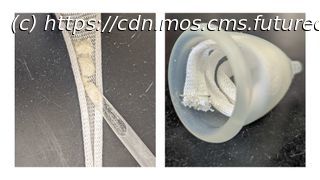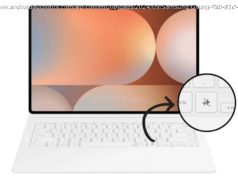Scientists are working to develop a new filler for period products that they say could help prevent leaks.
An experimental additive for menstrual products turns period blood into jelly.
The hope is that this additive could help prevent leaks while also reducing the risk of a dangerous condition called toxic shock syndrome, the researchers behind the product say.
The seaweed-derived material was unveiled in a study published Wednesday (July 10) in the journal Matter. Its developers believe the product could someday be used as an alternative filler in conventional pads or as a spill-proof lining to insert in menstrual cups. For now, though, the prototype has only been tested in early lab experiments.
“The way these products have worked for a long time is to absorb or retain menstrual fluid so that you can remove it later”, said lead study author Bryan Hsu, a biomedical scientist at Virginia Tech. “But what if we could improve menstrual care by solidifying menstrual blood? If it’s in a gel form, it’s less likely to leak and spill.”
A shortfall of conventional menstrual products is their risk of leaking. Even in developed nations, concerns around such leaks can contribute to children missing school during their periods; besides that, leaks are an inconvenience in that they can damage clothes.
One reason leaks can occur is because, unlike blood from a vein, menstrual blood doesn’t usually coagulate. “There are a lot of fibrinolytic enzymes [in period blood] which break down blood clots, as well as clumps of tissue and cells”, Hsu told Live Science. “It’s fundamentally a different type of blood.”
Hsu and his colleagues hypothesized that the right material could convert menstrual blood into a solid form that would be less likely to leak. Their solution: polysaccharides. These are chains of sugar molecules that thicken liquid solutions really well. Pectins, which are often used to thicken fruit preserves, and cornstarch are good examples of such molecules.
Using pig’s blood modified to prevent clots, the team tested naturally derived sugars to see which could turn it into a gel-like form.






